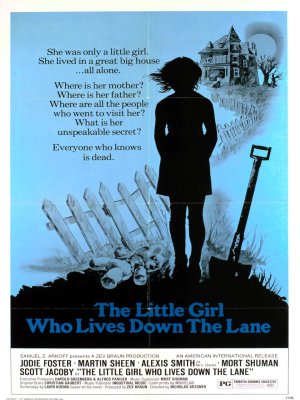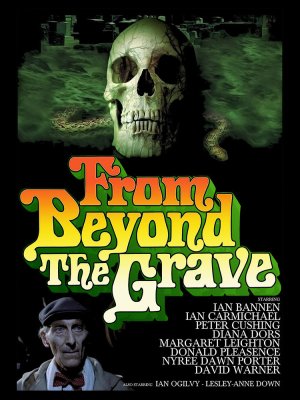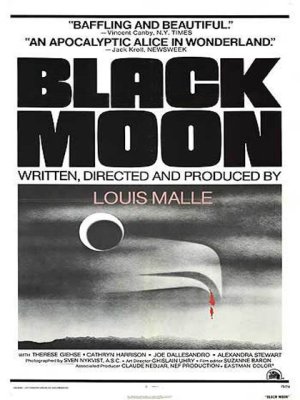 | Black Moon 1975 "Black Moon" is a work that stands out for its originality and its ability to tackle themes such as sexuality, violence, and social disintegration. The film is characterized by a non-linear narrative and an atmosphere of dream and nightmare. The images are suggestive and oneiric, with a clever use of light and color to create an atmosphere of tension and anxiety.
Cathryn Harrison's performance is remarkable, and her interpretation of Lily is fragile and sensitive. Therese Giehse is also excellent in the role of the mysterious woman, and her presence on screen is magnetic and unsettling.
The film is also notable for its... Read More |
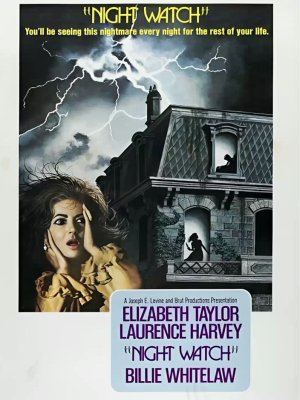 | Night Watch 1973 "Night Watch" is a film that skillfully plays with the sense of paranoia and suspense, immersing the viewer in a gothic and claustrophobic atmosphere. Elizabeth Taylor offers an intense performance, making the protagonist's growing state of anxiety and confusion believable. The director makes the most of the psychological tension, maintaining the ambiguity between hallucination and reality until the final twist.
The aesthetic of the film recalls classic gothic thrillers with dark houses, torrential rains and a constant sense of impending menace. Although it can be slow at times, the narrative crescendo and the shocking ending... Read More |
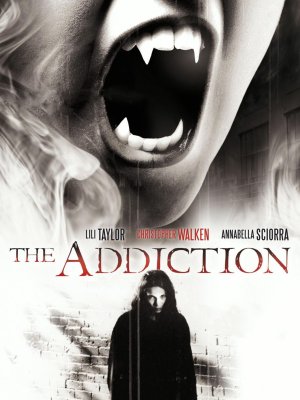 | The Addiction 1995 Directed by Abel Ferrara, The Addiction is a vampire film that transcends the confines of the horror genre to explore philosophical and metaphysical themes related to sin, addiction and the nature of evil. Shot in evocative black and white, the film is a visceral meditation on the loss of free will and the corruption of the soul.
Ferrara uses vampirism as a metaphor for addiction and self-destruction, recurring themes in his filmography. The film is deeply influenced by existentialist thought and nihilism, with frequent references to philosophers such as Nietzsche and Heidegger. Lili Taylor offers an intense performance,... Read More |
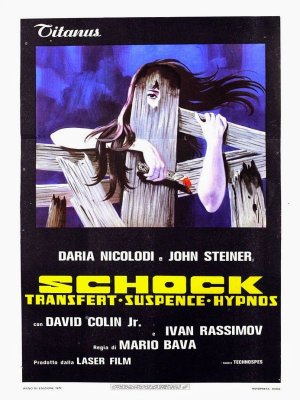 | Schock 1977 The latest cinematic chapter of the Italian master Mario Bava, Shock, presents itself as a farewell to his directorial career, emerging from a decade marked by a rebirth of Italian cinema imbued with anger, ambiguity and a fascination for the macabre. The film, a cross between giallo, thriller and horror, is a testimony to that essential contribution of Bava, which had already inspired entire generations of directors.
In this work, however, one senses the loss of that personal imprint: the meticulousness in the photography, a distinctive sign that had made the director famous, as well as that bitter irony capable of mocking... Read More |
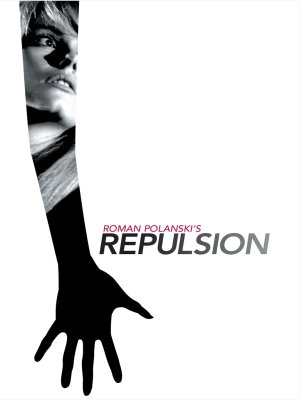 | Repulsion 1965 The film is a thriller full of tension, especially in the scenes where the protagonist experiences hallucinations. The horror atmosphere, with a touch of surrealism, is really intense. Although it may seem crude, this is intended by the director, who wants to show the harsh reality of the protagonist's life. The story tells of a woman in crisis, who no longer feels comfortable with the old values of society. This leads her to confront a harsh and chauvinistic reality, where she feels the weight of being a woman. The protagonist is alienated and desperate, aware that the world is changing, but remains tied to traditional values. Her... Read More |
 | Don't Look Now 1973 A suggestive and deeply layered reinterpretation of a universal fairy tale like Little Red Riding Hood, which finds in its protagonists, Donald Sutherland and Julie Christie, two extraordinary interpreters. However, the director eludes any predefined scheme, escapes conventions and leads the viewer on a labyrinthine, almost subliminal path. What on the surface seems like a parapsychological horror, complete with a hunt for a serial killer, actually turns out to be a work of extraordinary complexity: an investigation into the reworking of grief within a couple, into the tension between faith and rationality, into the unfathomable... Read More |











